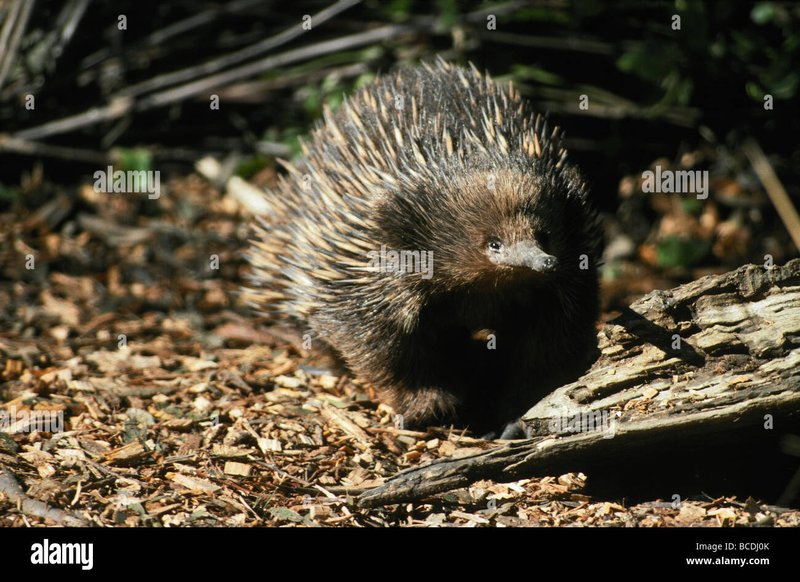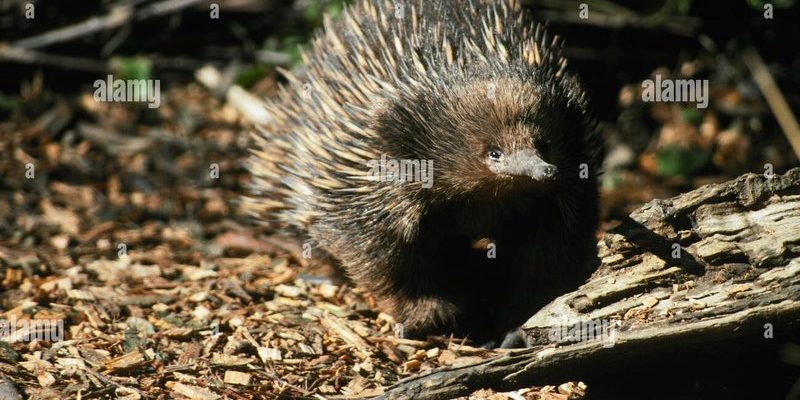
Understanding how echidnas hunt and what they eat can feel like diving into an intricate web of nature’s secrets. So, let’s pull back the curtain on these shy creatures and learn just how they thrive in the wild.
What Do Echidnas Eat?
Echidnas are primarily insectivores, which means their diet mainly consists of insects. However, they have a surprisingly varied diet that allows them to adapt to different environments. Their preferred snacks include ants, termites, and other small invertebrates. Imagine being able to wriggle into tight spaces to find your food—that’s what echidnas do best!
Their long, sticky tongues are essential tools. An echidna’s tongue can reach lengths of up to 18 centimeters (about 7 inches), which helps it extract insects from narrow crevices in wood and soil. This unique dietary choice not only helps keep insect populations in check, but it also means that echidnas play a crucial role in their ecosystems.
How Do Echidnas Hunt?
If you’ve ever watched an echidna hunt, you might think it’s a slow and patient affair. And you’d be right! Echidnas have a relaxed approach to hunting. They typically use their acute sense of smell to locate food. Once they sniff out a tasty ant hill or termite mound, they dig with their sharp claws to reach their meal.
But here’s where it gets interesting: echidnas often switch up their hunting strategies. Some days, they’ll rely on digging, while on others, they might choose to forage above ground. This flexibility allows them to adapt to changing food availability. If there aren’t enough ants around, they’ll simply hunt for other small invertebrates instead.
Adaptations for a Specialized Diet
To thrive on such a diet, echidnas have a few special adaptations. For instance, their spiny coats not only provide camouflage and protection from predators, but they also act as insulation, keeping them warm while they hunt. The echidna’s snout, elongated and sensitive, helps them root around in the soil or wood for hidden insects.
Moreover, their digestive systems are made to process their high-protein diet. Echidnas have a slow metabolic rate, which means they don’t need to eat constantly. They can go days without food if necessary, adapting to the availability of insects as they go.
Social Hunting Behaviors
Interestingly, echidnas are not the most social creatures, but when it comes to hunting, they sometimes display fascinating behaviors. While they’re mainly solitary animals, it’s not uncommon for them to forage in pairs, especially during breeding season. This social aspect can lead to friendly competition over food sources, where one echidna might follow another to scavenge leftovers.
You might think that this competitive spirit could lead to friction, but echidnas generally keep to themselves. They’ve developed a quiet understanding of their hunting grounds, which helps them manage their resources without causing too much disturbance in their environment.
Seasonal Changes and Diet
Echidnas also adjust their dieting strategies based on the seasons. During warmer months, insects are more abundant, and echidnas have a feast. But when winter rolls around, they have to get creative. Since food sources can dwindle, echidnas may enter a state of torpor—a temporary hibernation.
During this time, their bodies conserve energy, which means they won’t be hunting much. They may rely on their fat reserves to get through leaner months. This fascinating ability to adapt their hunting and feeding habits helps them survive when food is scarce.
Predators and Threats
While echidnas are well-equipped to fend for themselves, they do face threats from predators. Birds of prey, such as eagles, as well as foxes and domestic dogs, can pose a risk, especially to young echidnas. When threatened, echidnas have a clever defense mechanism: they burrow into the ground or curl up into a spiny ball, making it difficult for predators to get a grip on them.
It’s important to understand that echidnas are more than just cute and spiky; they are a vital part of their ecosystems. Their decline could disrupt food chains and the balance of insect populations.
How Do Echidnas Impact Their Ecosystem?
Echidnas contribute significantly to their surroundings. By digging up the soil in search of insects, they aerate it, much like natural tillers. This behavior promotes healthy plant growth and improves overall soil quality. Their role as insectivores helps keep insect populations in check, maintaining balance in the ecosystem.
In a way, you could think of echidnas as nature’s gardeners. They help shape their habitats not just through their feeding habits but also through their interactions with other wildlife. It’s a delicate balance that underscores just how interconnected nature can be.
The diet and hunting strategies of the echidna provide a unique glimpse into how this remarkable creature survives in the wild. From their specialized snouts and long tongues to their flexible hunting techniques, echidnas have honed their skills over time to thrive in a variety of environments. By understanding these fascinating aspects of their lives, we gain insight not only into the echidna itself but also into the intricate web of life it supports.
Next time you think about this quirky creature, remember its role as an insect-eater and ecosystem caretaker. Echidnas remind us of the beauty of biodiversity and the importance of every creature in our world.

